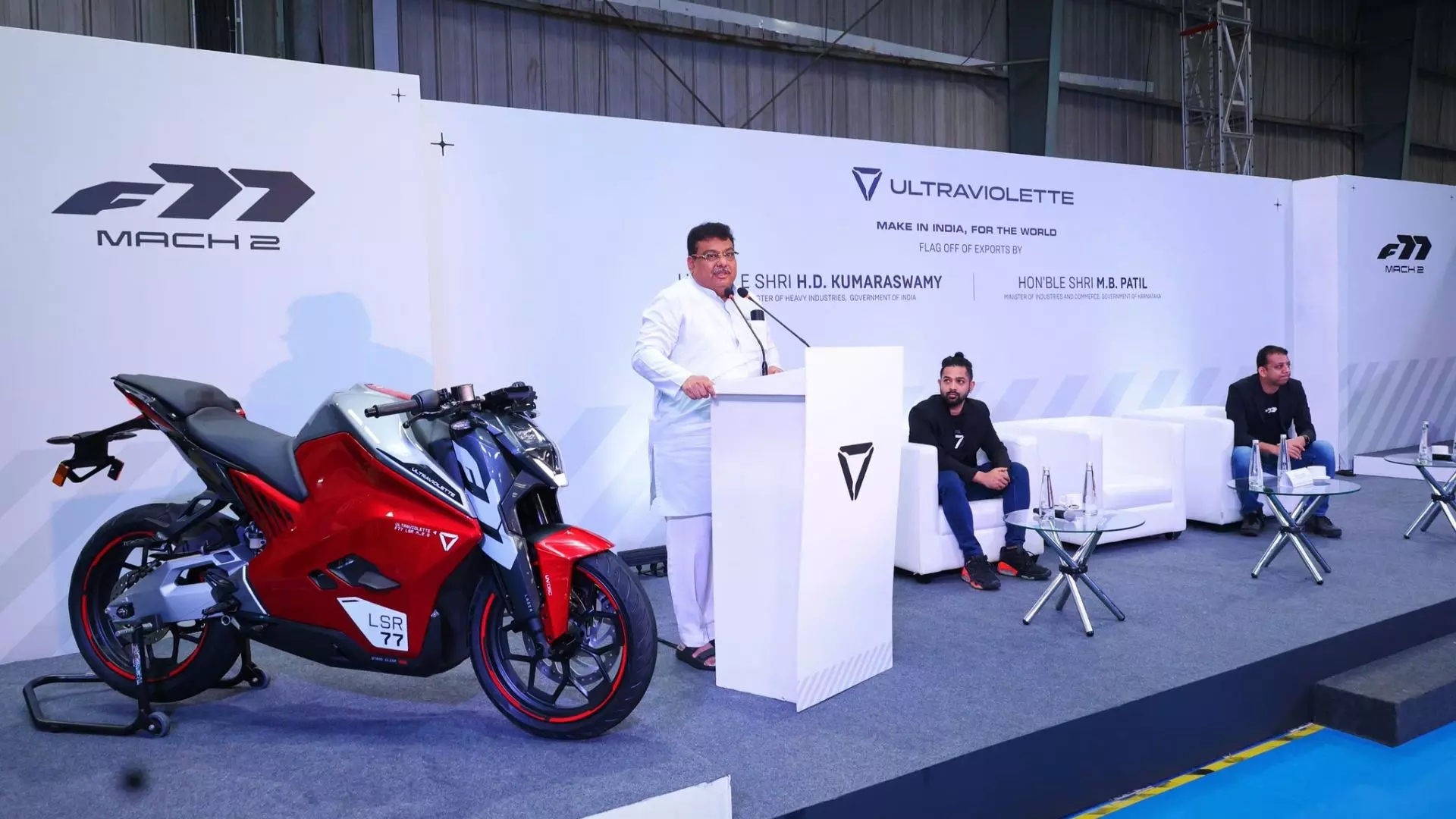Just before the Steam Deck OLED was announced, Valve’s developers spoke to press about a successor, revealing that hardware limitations have been the obvious roadblock in committing to a “Steam Deck 2.0.” In speaking to Eurogamer Yazan Aldehayyat, a Valve hardware engineer, said in relation to a successor, “Obviously we’d love to get even more performance in the same power envelope, but that technology doesn’t exist yet.
” This was just under a year ago now, last November, and since then we’ve seen the OLED variant launch alongside a few other mediocre competitors. My perception is that handhelds have plateaued – the Steam Deck is still the best option, despite the internal hardware staying virtually identical. This isn’t a stain on the handheld manufacturers, but rather the fact that realistic and feasible technology just hasn’t been available.

At least, not until AMD releases the Ryzen Z2 chips next year . For context, the ASUS ROG Ally and the Lenovo Legion Go are both powered by the Z1 Extreme; the chip that allows the handhelds to out-perform the Steam Deck in fidelity. However, the main issue is the power draw, meaning that both the Ally and Legion Go have any meaningful use case ripped out from underneath them by clunky design, virtually useless battery life, and an overwhelming lack of practicality.
PCGamer predicts “43% better graphics performance than the Z1 Extreme” if it is indeed a renamed Strix Point die, and that AMD has the opportunity to swap out AI cores for extra compute units too. Should this be a likely solution, then this is exactly the chip that Valve would be keen to inject its Steam Deck successor with for a little power. To be perfectly clear, there is no link or evidence between the Steam Deck successor and the Ryzen Z2.
Valve had relied on a custom APU for the original, and it’s very well that could be the case for future iterations too. A few perks to having relied on a custom APU included the optimal efficiency for the device. Included was its memory, clock speed for the processor, and memory bandwidth too.
Although the key takeaway here was the tiny power envelope between 4-15W, dramatically less than the Z1 Extreme’s range between 9-30W. The market is primed for Valve to pick up the Z2 Extreme OEMs next year, and should they choose them rather than a custom variant, it’s probably going to be the hardware that carries the successor to success. The competitors will no doubt be using it, so the pressure is on Valve now.
.




















